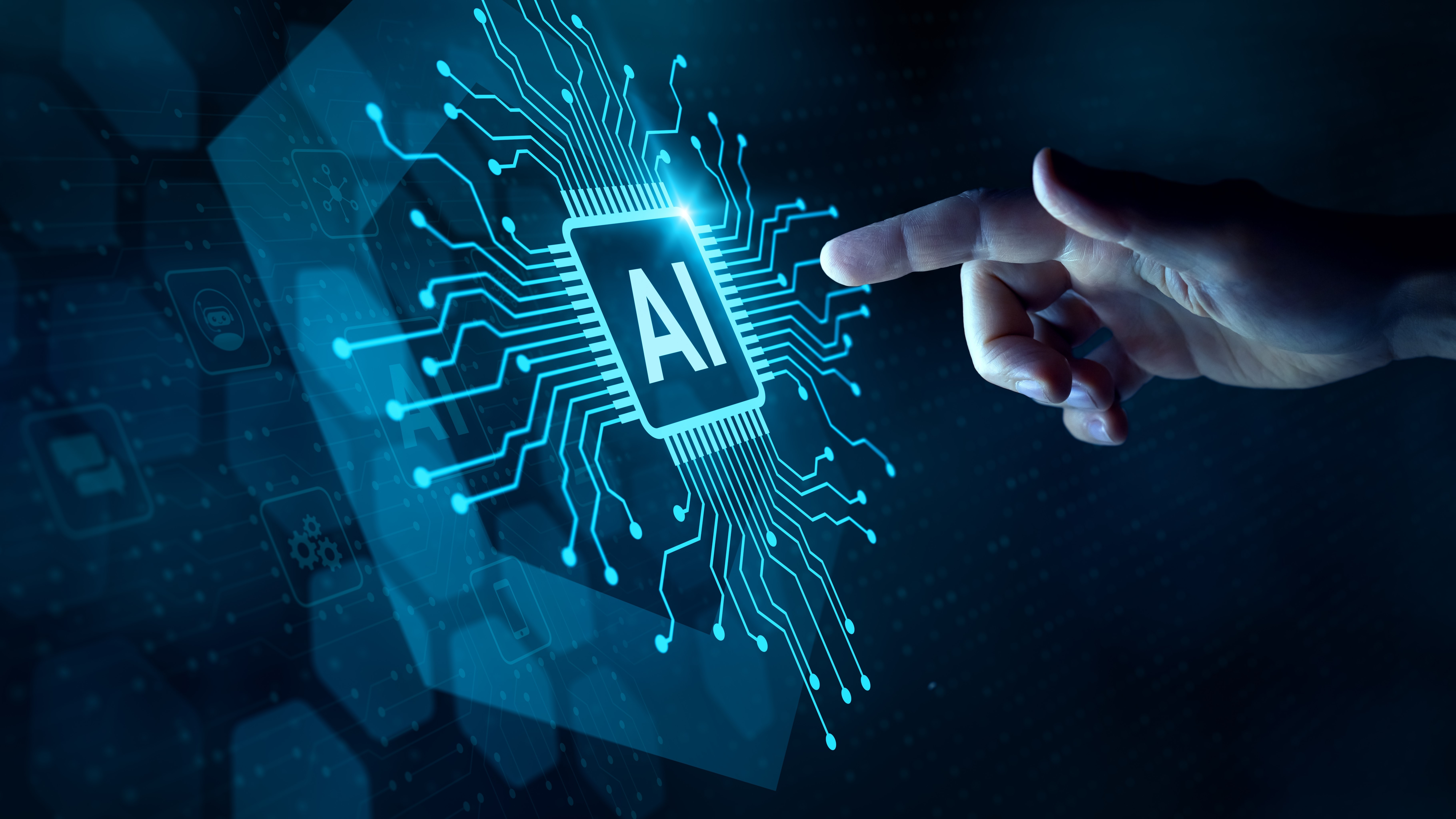
Before the pandemic, many companies prioritized efficiency and lean supply chain models, focusing on minimizing inventory and ensuring products were available just in time to meet customer demand. This approach was aimed at reducing costs and maximizing operational efficiency, with limited buffers for unforeseen disruptions.
Operations were centered on reducing waste and increasing efficiency, striving to deliver maximal value to customers while using resources in the most effective way. Operations managers continuously analyzed tasks, processes, and personnel to eliminate non-essential activities and ensure seamless communication across each step of the workflow. Digital transformation played a key role in this optimization, centralizing data and increasing visibility, enabling senior leaders to have greater control over operations.
However, the turmoil caused by the COVID-19 pandemic and the more general international instability over the last few years has changed the game. These carefully optimized systems, which had gone through iterations of minimal changes in order to function as efficiently as possible were suddenly hit with a wave of unpredictable problems.
Lockdowns across the globe meant that certain materials or components were in short supply, quarantine times led to transportation delays when crossing borders and the change in people’s everyday lives led to shifts in the demand curve. Furthermore, the rise of remote working meant that internal processes were forced to adapt, and new methods of communication and collaboration became necessary.
Optimization was no longer the priority as the gains from this approach became negligible in the face of significant potential losses. Instead, the focus was shifted to operational resilience. The organizations which came out on top were those with the capacity to withstand, adapt to and recover from disruptive events.
In real terms this means flexible logistics routes which are able to adapt to geopolitical situations, agile multi-source management and tactical buffer plan implementation. Those organizations which implemented these structural changes successfully were able to avoid the cancellation of customer orders and keep revenue stable.
The disruption caused by the pandemic taught us an important message: When you spend too much time resolving predictable challenges, you’re left with no time and resources left for unpredictable ones.
A trade off: efficiency or resilience
Since the pandemic, we’ve seen some degree of normalization across industries. Most organizations are no longer faced with large-scale disruption on a daily basis. However, the impact of these extreme events has not been forgotten. While operations managers return to seeking out small gains from lean supply chains, the prospect of chaos caused by unpredictable, uncontrollable events looms large in their minds. The question is, how much time should be allocated to daily challenges, and how much should be assigned to predicting the bigger picture? Limited resources mean that there is often a trade-off between efficiency and resilience – both of which are necessary if an organization is to succeed.
The Solution
Automating responses to predictable challenges is the solution to this problem. Advances in technology are allowing organizations to automate more complex tasks than ever before. Tasks that previously would have had to have been done manually by employees can now be completed by machines. Not only does this reduce human error, it allows staff to focus on more complex and fulfilling tasks and leave the mundane to AI or machine learning models.
In the context of the tradeoff between efficiency and resilience, automation can be used to resolve predictable challenges, maximizing the efficiency of operations by reducing waste and increasing short-term flexibility. AI can handle processes such as sales and operations planning, (S&OP), coordinating different areas of the business to meet customer demand with the appropriate level of supply. Reporting measures such as demand forecast accuracy (DFA), measuring how well a forecast matches actual demand can also be automated, reducing the burden on team members.
AI chatbots can be used to communicate with key stakeholders and improve the flow of information internally and externally for an organization. These models can sift through and analyze massive amounts of data, compiling comprehensive information that can be used in decision-making. For instance, a chatbot could instantly give availability of stock inventory and plans to partners and clients, as well as to the sales team, reducing the need for manual research and back-and-forth email interactions.
Automation assumes regular and uninterrupted processes, meaning it’s not equipped to deal with irregular events such as pandemic and its effects. Material shortages, longer transportation times and demand instability have an unavoidable impact on entire ecosystems. That’s where the human element comes in.
Technology like AI and machine learning means staff can spend their time predicting unpredictable challenges and using these predictions to create accurate solutions. The number of possible scenarios means that complex models alongside human judgement and creativity are necessary if an organization is able to come up with reactive strategies in advance, allowing them to navigate through obstacles on a geopolitical scale. This may mean developing relationships with alternative suppliers, building up a stockpile of key components or working with clients to suggest a staggered delivery schedule in times of turmoil.
Moving Forward
Instability is a fact of life, and the modern world will always present us with challenges that seem impossible to predict. The tradeoff between efficiency and resiliency is not something that we will see the end of anytime soon. Organizations need to innovate and adapt, using automation to deal with the daily challenges of optimization, leaving employees free to spend their time and resources predicting the unpredictable. That way when the next obstacle emerges – we’ll be ready.
We list the best OKR software.
This article was produced as part of TechRadarPro's Expert Insights channel where we feature the best and brightest minds in the technology industry today. The views expressed here are those of the author and are not necessarily those of TechRadarPro or Future plc. If you are interested in contributing find out more here: https://www.techradar.com/news/submit-your-story-to-techradar-pro







